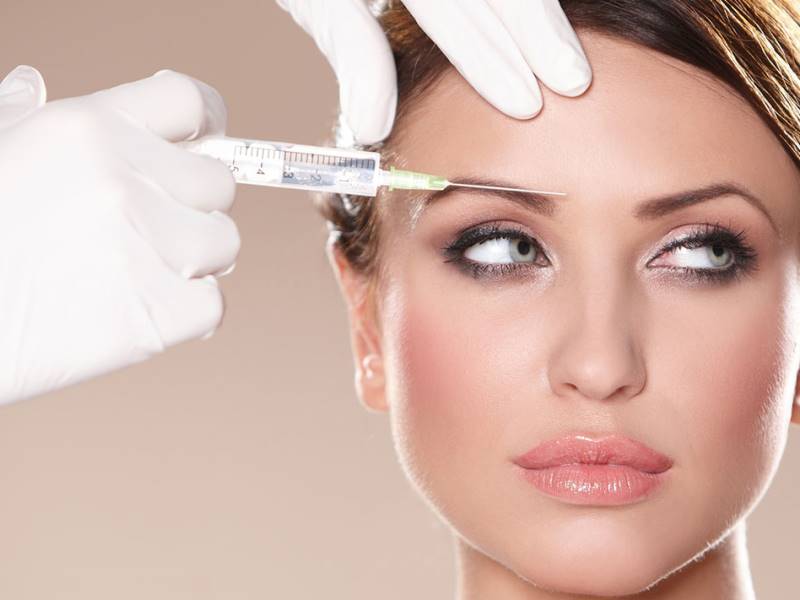The Procedure

The Procedure
In this section of our discussion about Botox, I will explain how we do the actual treatment.
The Botox comes vacuum dried in a small vial and must be reconstituted with saline. Each doctor determines the dilution factor that works best for their technique. The “strength” of the Botox is measured by “activity units”, so regardless of the dilution factor, all doctors use the same “Botox unit” as a measurement for dosing.
The first step of the treatment is to examine the patient and determine where they need treatment and how many units will be required. By watching the patient contract and relax the muscles in the area where the wrinkles are present, the doctor can determine precise locations to apply small amounts of Botox to achieve the best results with the least chance of unwanted relaxation. This technique is called a “designed injection” and is preferred over a “template injection” in which the same pattern and dose is given to all patients. The designed injection takes more time to administer and requires the injector to mark the muscle movement. The treatment is tailored to each individual patient and will result in a more desirable outcome.
The most common treatment areas are the frown, forehead, and crows areas. Typical doses are 18-24 units for the frown, 6-12 units for the forehead, and 18-24 units for the crows area. Other areas we commonly treat are “Bunny Lines” (on the side of the nose), around the mouth for lines above the lip, and the muscle that pulls the corner of the mouth downward.
Once the treatment area is marked, we do the injections. To diminish the discomfort we use the smallest needle available (about the size of a hair), several distraction techniques, and ice (which also decreases risk of bruising). The injections are fast with very little discomfort.
In the next and final section on Botox, I will discuss what we can expect from our treatment.
Mack Stewart, M.D.


